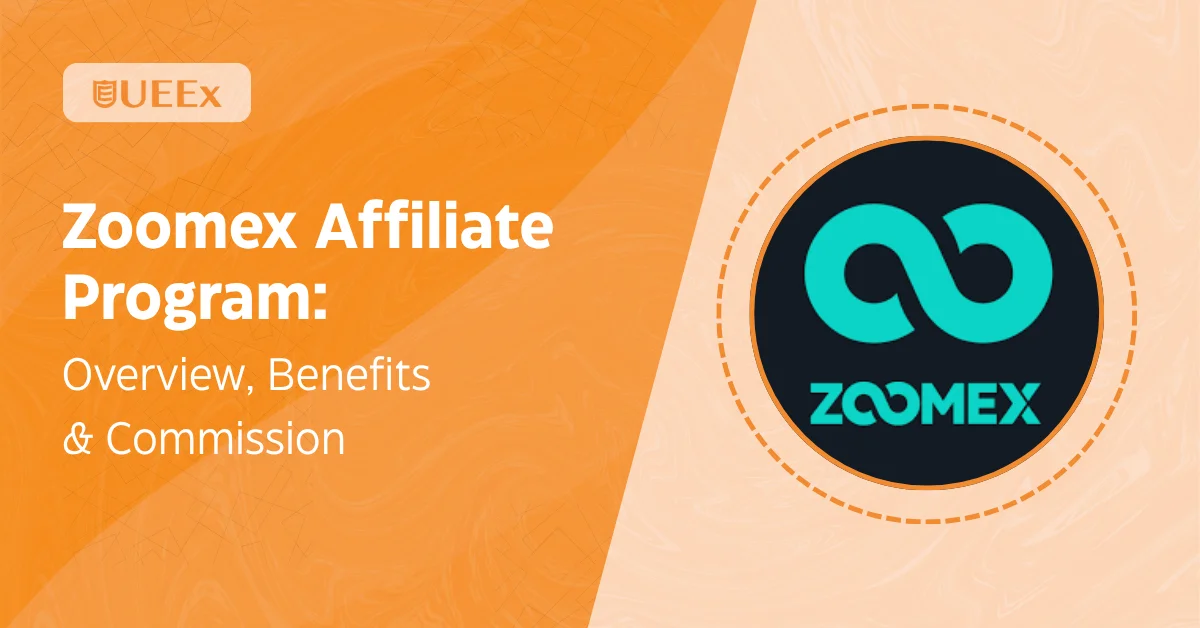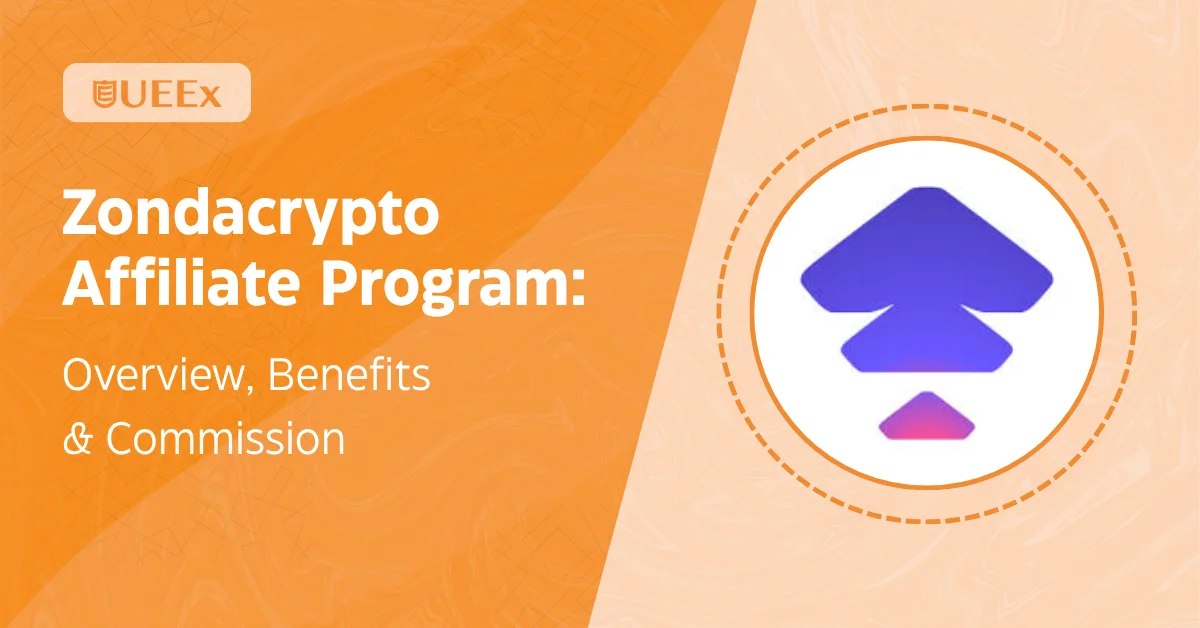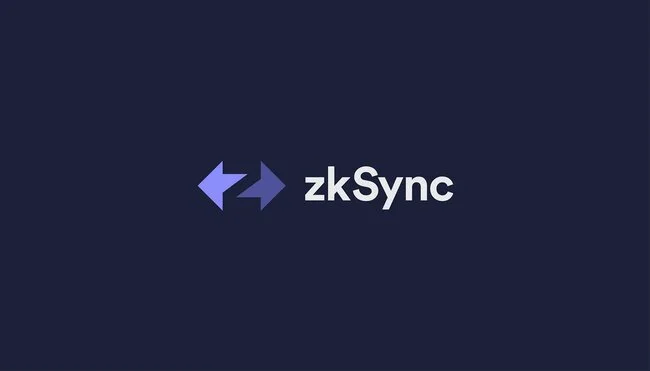A whitepaper written by a person (or group) called Satoshi Nakamoto introduced Bitcoin to the world in 2008.
This paper is known as the Bitcoin Whitepaper. It explains in simple terms how Bitcoin works, a digital money that doesn’t need banks or middlemen. Instead, it lets people send money to each other directly, safely, and quickly over the internet.
This article will simplify the ideas in the Bitcoin Whitepaper so that anyone can understand how Bitcoin works, why it was created, and why it is important today.
What Is Bitcoin Whitepaper?
A Bitcoin Whitepaper is a whitepaper that explains the idea of Bitcoin for the first time.
It was written by a person or group using the name “Satoshi Nakamoto” and shared online on October 31, 2008. The paper is called “Bitcoin: A Peer-to-Peer Electronic Cash System.” Even though people might think a whitepaper would be very long, this one is only nine pages.
In simple words, the Bitcoin Whitepaper shows a way for people to send money to each other directly without using banks or middlemen.
Instead of using one central server, Bitcoin uses many computers linked together in a peer-to-peer (P2P) network. It also explains how a system called proof of work makes it almost impossible to cheat or fake transactions.
The whitepaper doesn’t clearly say it was a response to the 2008 financial crisis, but it did come out around the same time.
Since then, Bitcoin has grown significantly, and many people have become curious about Satoshi Nakamoto’s true identity.
If you want to see the original paper, you can read it at https://bitcoin.org/bitcoin.pdf.
Background of the Bitcoin Whitepaper
At that time the Whitepaper was published, the world was going through a big financial crisis. Many people were losing trust in banks and governments’ ability to handle money properly.
Source: Investopedia
Satoshi had an idea: what if people could send money to each other directly without banks or any third party?
To explain this idea, Satoshi wrote the Bitcoin Whitepaper. It introduced new ways to solve problems like double-spending by using cryptography and something called proof of work.
The paper was first shared on a website for people interested in cryptography, called the Metzdowd mailing list.
Key Components of the Bitcoin Whitepaper
The whitepaper covers the key ideas behind Bitcoin, including how transactions are verified, how the network stays secure, and how new coins are created.
Abstract
The abstract is the first part of the Bitcoin Whitepaper. It explains how Bitcoin allows people to send payments directly to each other without needing a bank.
The main challenge is preventing double-spending, where the same digital token could be used more than once. Bitcoin solves this by using a peer-to-peer network that records transactions in a secure, unchangeable chain.
For the system to work, three things are needed:
- Cooperation among participants
- Immutability of transaction records
- Consensus on the rules of the network.
In simple terms, everyone must agree on the rules, ensure records can’t be changed, and work together to keep the system secure.
Introduction
After the abstract, the next section of the Bitcoin Whitepaper introduces the key components needed for a trustless digital payment system.
This part explains that traditional payment systems, like those involving banks, have many issues. One major problem is the high costs associated with transactions, especially if there’s a dispute that requires mediation.
Additionally, traditional systems are vulnerable to fraud, and they rely on a third party to oversee and validate transactions, which introduces more opportunities for mistakes or fraud.
The Bitcoin system, on the other hand, is designed to avoid these issues by using cryptography to allow two people to make a transaction directly, without needing a trusted third party like a bank.
Transactions
An electronic coin is essentially a chain made up of digital signatures. These coins are essentially lines of computer code that link to the previous code in the chain, with each coin depending on the one before it.
In Bitcoin’s system, when someone wants to send bitcoins to another person, they create a transaction that broadcasts the coin’s value to the network.
The sender signs this transaction with a unique digital fingerprint (a hash) of the previous transaction using their private key.
The sender’s public key is used to encrypt this signature and acts as the recipient’s address. This ensures that only the recipient can access the coin using their private key.
This helps verify that each transaction is legitimate and hasn’t been double-spent. To solve the issue of double-spending without a trusted central authority, the network announces all transactions publicly, so everyone knows the order in which they happened.
This allows the payee to be sure that they received the coin as the first recipient and that no one else has already used it.
Timestamp Server
In the “Timestamp Server” section, Satoshi Nakamoto describes how Bitcoin uses a distributed system to prove the order of transactions.
A timestamp server works by creating a unique hash for a group of transactions and publishing it widely, such as in a newspaper or online post.
This timestamp proves that the transactions existed at a specific time. Each timestamp also includes the previous one, forming a chain of records. This chain makes it impossible to alter any transaction without changing all the previous ones.
Proof of Work
Proof of Work (PoW) is a system used in the Bitcoin network to ensure the security and integrity of transactions. Miners (computers on the network) are required to solve a difficult puzzle by finding a specific number called a nonce.
This number, when added to a block of transactions, creates a hash that meets a required condition, such as starting with a certain number of zeros. To find this nonce, miners test millions of possibilities until they find the correct one.
“The proof-of-work chain is the solution to the synchronisation problem, and to knowing what the globally shared view is without having to trust anyone.”
Once they do, they broadcast the result to the network, and if it’s validated, the block is added to the blockchain.
The process is difficult and time-consuming, which makes it hard for anyone to change past transactions. If someone tries to alter a block, they would need to redo the work for that block and all subsequent blocks, which becomes nearly impossible as more blocks are added.
Network
The Network section of the Bitcoin whitepaper explains how transactions and blocks are shared and validated across the Bitcoin network.
When a sender creates a transaction, it is broadcast to the network, where all nodes (computers) collect these transactions into blocks. Each node works to solve a challenging puzzle called Proof of Work to add the block to the blockchain.
Once the puzzle is solved, the block is shared with other nodes, which checks if all the transactions in it are valid and not double-spent. Nodes then accept the block and start working on the next one, using the accepted block’s hash as a reference.
Sometimes, different nodes might broadcast slightly different versions of the next block at the same time.
When this happens, nodes will follow the version that they received first but will keep track of the other version. The conflict is resolved when one chain becomes longer than the other, and nodes will switch to the longer chain.
Incentive
Satoshi Nakamoto designed a system to encourage computers (or nodes) to participate by rewarding them for their work.
These nodes provide computing power to solve complex problems and are rewarded with new coins if they are the first to create a new block of transactions. Initially, miners were rewarded with new bitcoins, and over time, transaction fees from users would become the main reward.
This setup makes it difficult for anyone to cheat the system because the cost of trying to take over the network is far higher than the reward.
Reclaiming Disk Space
Since the Bitcoin blockchain is immutable, it will naturally grow over time, requiring more memory to store all the data. To handle this, Satoshi Nakamoto proposed a solution: once transactions are confirmed in enough blocks, earlier transactions can be discarded to save space.
To ensure the security of these discarded transactions, each transaction is hashed into a Merkle tree, and only the root hash of this tree is stored in the block. This structure helps verify data without needing to store all the transaction details.
“A Merkle tree helps blockchains manage large amounts of data securely and quickly, using a layered system of hashes.”
The whitepaper also notes that in 2008, it was estimated that the blockchain’s memory requirements would increase by about 4.2MB per year, which was manageable with the typical 2GB of RAM in computers at the time, especially with Moore’s Law predicting that storage capacity would continue to grow.
Simplified Payment Verification
This section explains how you can verify Bitcoin payments without having to run a full Bitcoin node.
Instead of downloading the whole blockchain, you can just download the much smaller block headers. After that, you check that these headers are properly linked together and show enough proof of work, meaning they are part of the real Bitcoin chain.
To prove that a transaction happened, a user also gets a small piece of data called a Merkle branch, which links the transaction to a specific block. This method works well if you are connected to honest and trusted nodes.
However, it is a bit riskier because if an attacker controls the network, they could fake transactions. To protect against this, Satoshi Nakamoto suggests that businesses that get a lot of payments should still run their full nodes.
Running a full node lets you verify everything yourself faster and more securely without having to trust anyone else.
Combining and Splitting Value
The lesson behind Bitcoin’s design is that transactions can have many inputs and outputs, just like when you need to spend 35 cents by combining a 20-cent coin, a 10-cent coin, and a 5-cent coin.
In Bitcoin, instead of making a separate transaction for each small amount, you can combine them into one.
A transaction usually either uses one large input or several smaller ones, and it usually has two outputs, one to pay the person you’re sending Bitcoin to, and one to send the leftover change back to yourself.
Privacy
Just like traditional banks keep transactions private by only letting the involved parties and the bank see the details, Bitcoin does things differently. In Bitcoin, all transactions are made public for everyone to see.
However, no one can tell who is behind the transactions because users are identified only by public keys.
To protect privacy even more, the Bitcoin Whitepaper suggests using a new public and private key pair for every transaction. This way, it’s much harder to link different transactions back to the same person.
Calculation
Finally, Satoshi Nakamoto wanted to show how hard it would be for someone to successfully attack the Bitcoin network. If a fraudster tried to create a fake blockchain to cheat the system, it would be almost impossible if most of the network were honest.
Honest nodes would only accept real transactions, not fake ones. So, the attacker could only try to undo one of their recent transactions, they couldn’t just steal money or make new coins out of nowhere.
In simple terms, the more blocks the honest network adds on top of a transaction, the safer that transaction becomes, because it becomes nearly impossible for an attacker to overtake the real chain.
Impact of the Bitcoin Whitepaper
The Bitcoin whitepaper has had a big effect. It became the starting point for thousands of new digital coins and tokens.
Even though no one knows exactly who wrote it, people all over the world have accepted and trusted it. Thanks to the ideas in the whitepaper, the open-source community was able to contribute to the development and expansion of Bitcoin.
.
The technology explained in the whitepaper has changed how people think about money. It challenged old financial systems, like banks, and helped start a new world of decentralized finance, where people can control their own money without needing a middleman.
Conclusion
The Bitcoin Whitepaper is a very important document because it showed the world a new way to send money without banks or middlemen.
It explained how Bitcoin could work safely, fairly, and securely using computers and math instead of trust. Even though it’s short and simple, it has had a huge impact on the world.
Today, millions of people use Bitcoin and other digital currencies because of the ideas shared in this paper. By understanding the Bitcoin Whitepaper, anyone can see how one small idea can change the way the world works.
Frequently Asked Questions
What Is a Whitepaper Bitcoin?
The Bitcoin whitepaper, titled “Bitcoin: A Peer-to-Peer Electronic Cash System,” was published in 2008 by someone using the name Satoshi Nakamoto. It outlines how Bitcoin enables people to send money directly to each other over the internet without needing banks or middlemen.
Who Owns 90% of Bitcoin?
Bitcoin ownership is highly concentrated. As of 2021, about 0.01% of Bitcoin holders controlled approximately 27% of the circulating supply. This group includes early adopters, large investors, and institutions. However, no single entity owns 90% of all Bitcoin.
Is It Worth Having $100 in Bitcoin?
Investing $100 in Bitcoin can be worthwhile if you’re interested in learning about cryptocurrencies or diversifying your investments. Bitcoin has shown significant growth over the years, but it’s also known for its price volatility.
Who Is the Richest Bitcoin Owner?
The exact identity of the richest Bitcoin owner is unknown. The creator of Bitcoin, known as Satoshi Nakamoto, is believed to own about 1 million bitcoins, making them the wealthiest holder. Among known individuals, Micree Zhan, co-founder of Bitmain, was reported as the richest cryptocurrency billionaire in 2018.







